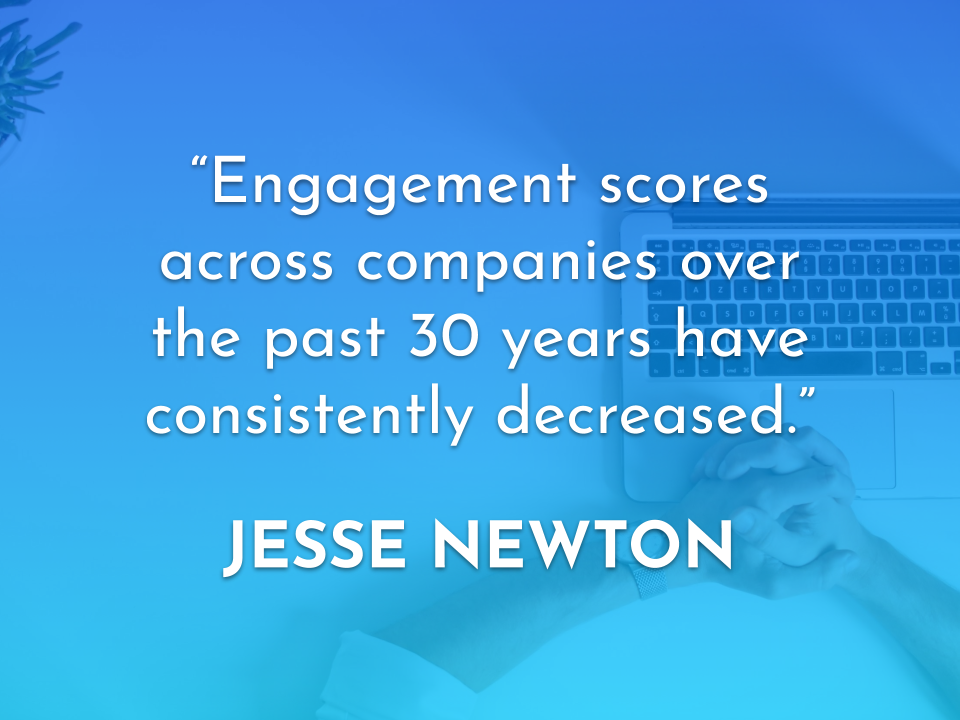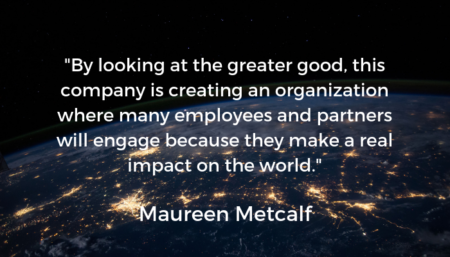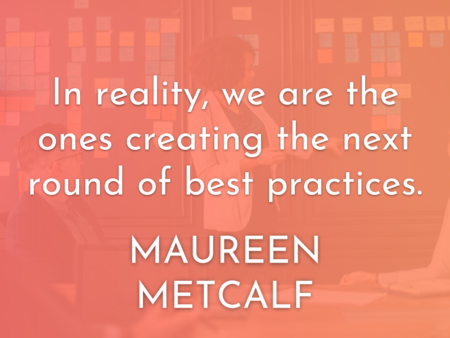Organizational Complexity is a Rapidly Spreading Virus that Needs to be Eradicated
This blog is a guest post provided by Jesse Newton is the author of Simplify Work; Crushing...
Read Moreby VoiceAmerica | May 22, 2019 | Business | 0 |
This blog is a guest post provided by Jesse Newton is the author of Simplify Work; Crushing...
Read Moreby VoiceAmerica | Oct 19, 2018 | Business, Featured | 0 |
This blog post is the companion to the Voice America interview with Dale Meyerrose, Doing...
Read Moreby VoiceAmerica | Sep 6, 2018 | Business | 0 |
I had lunch with colleagues today to discuss the changes they are facing in their organization....
Read More



